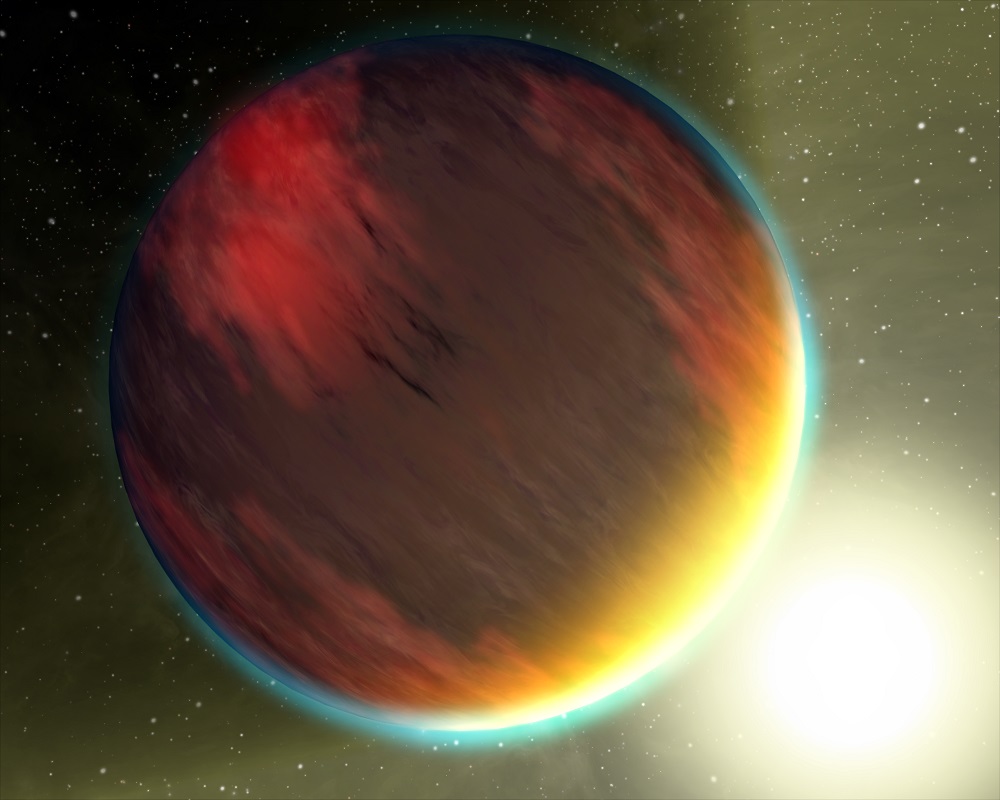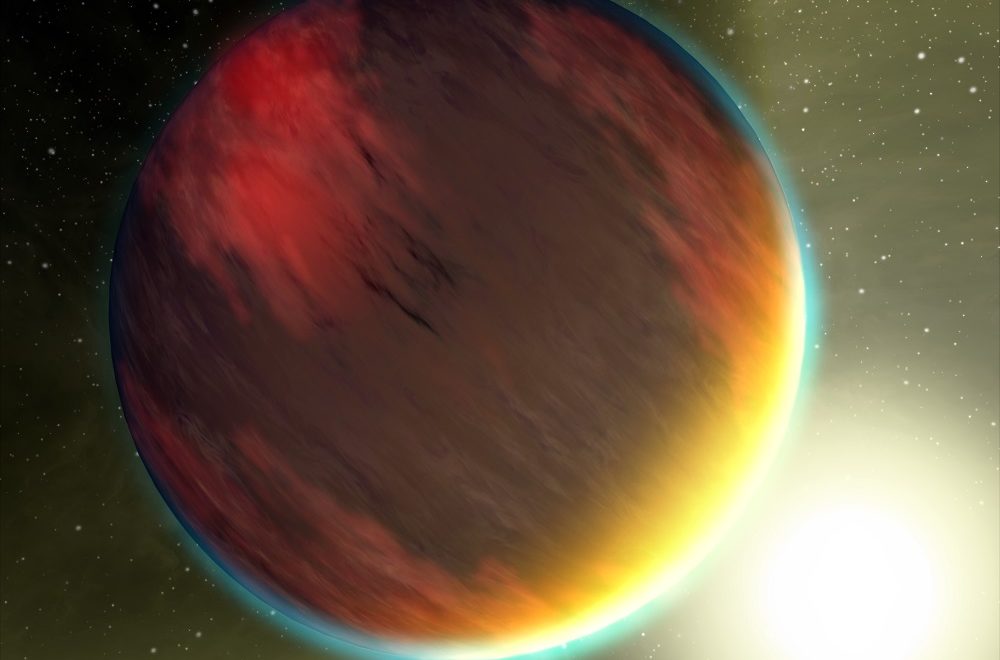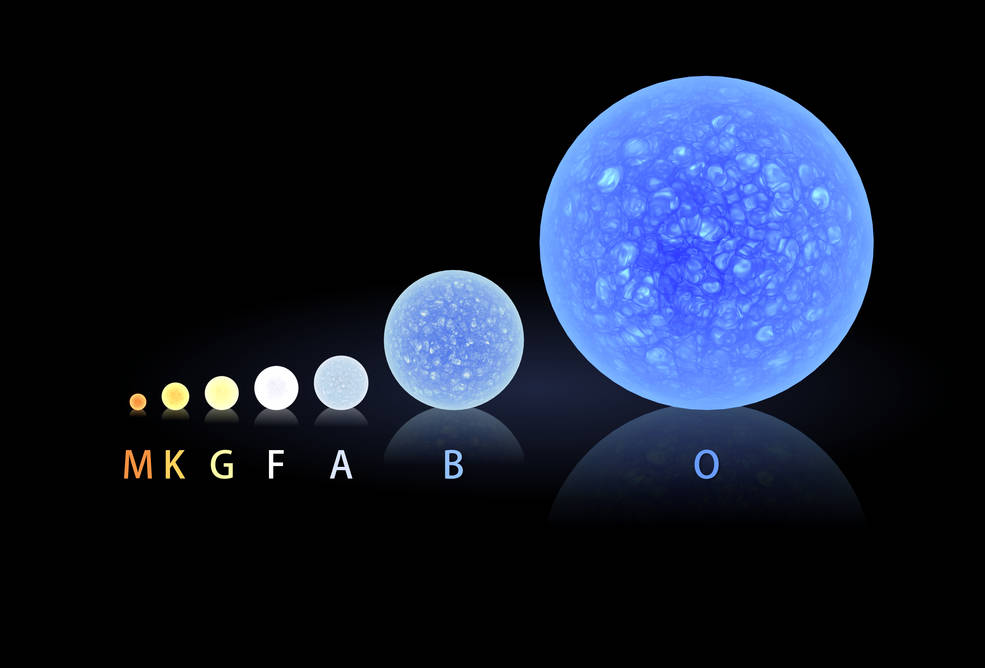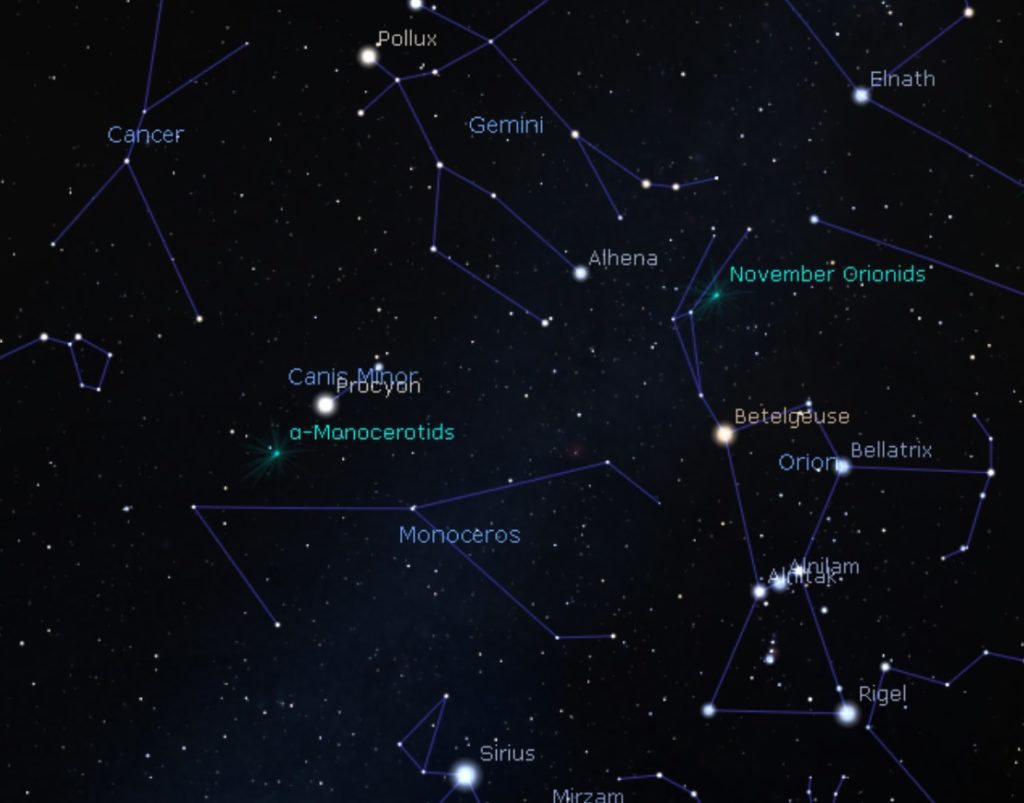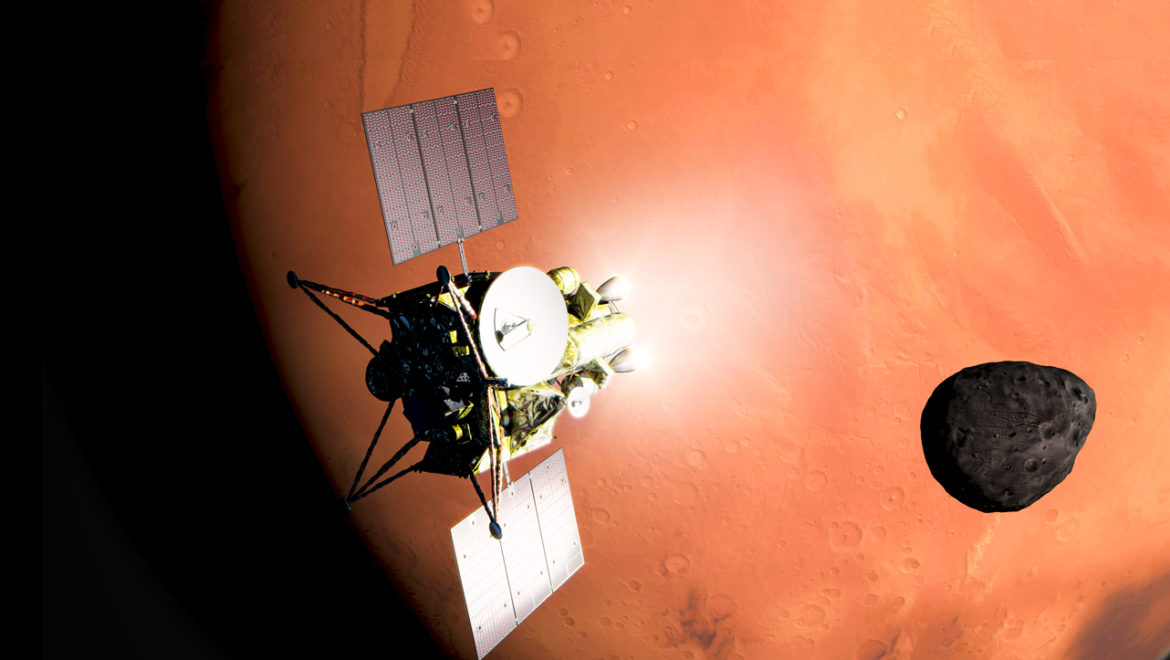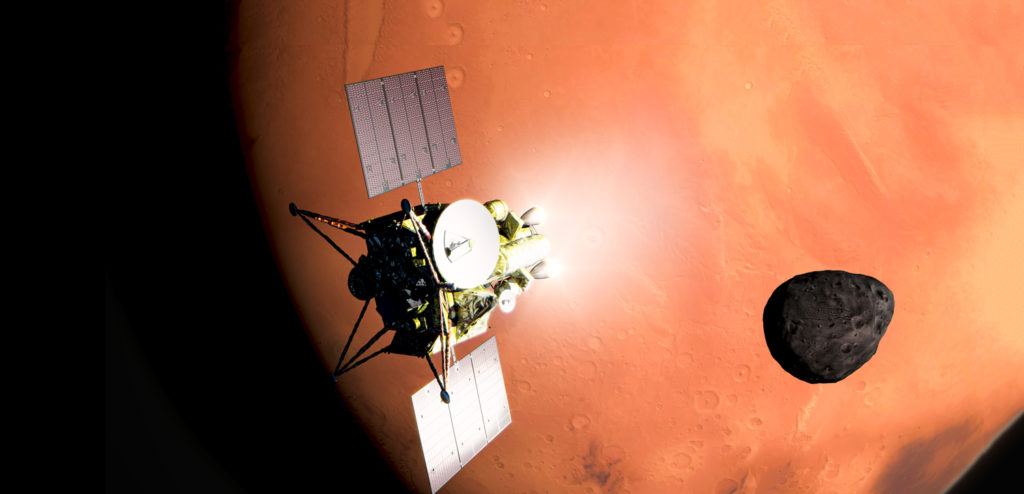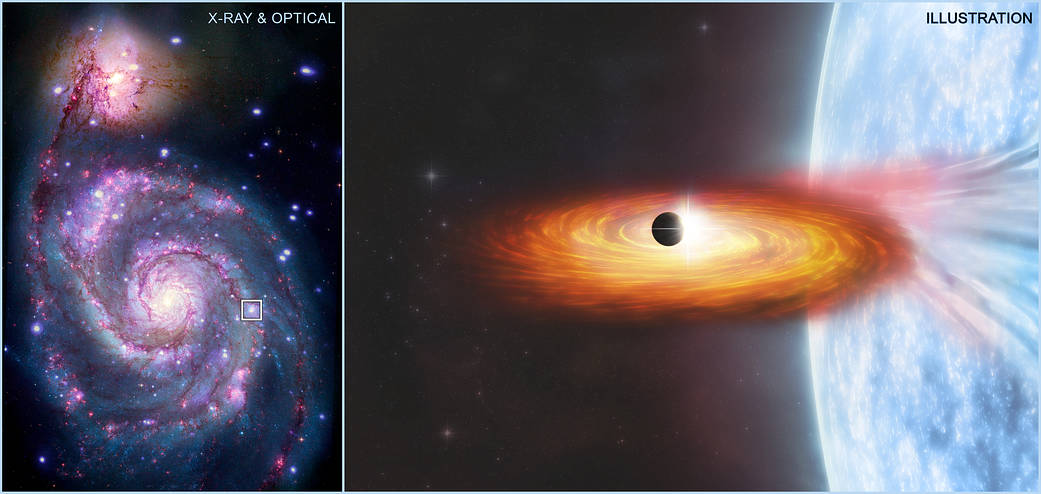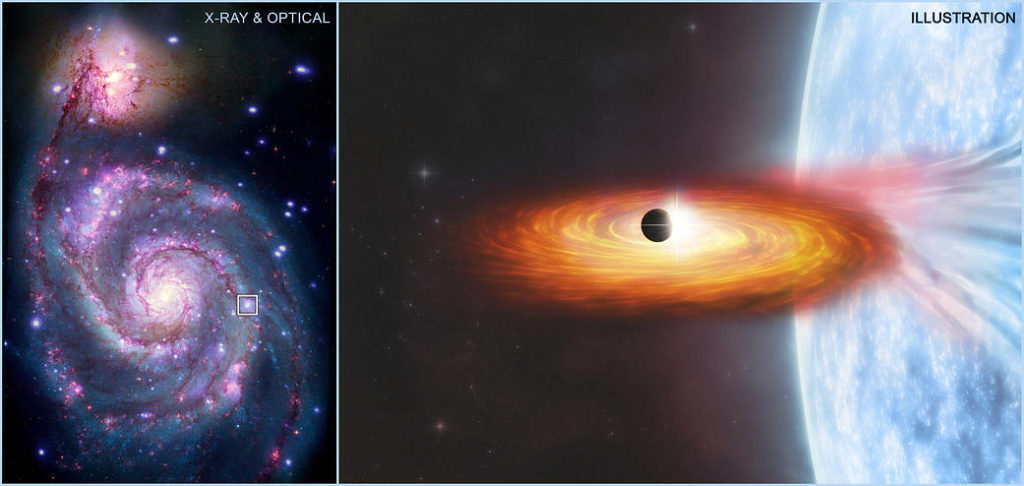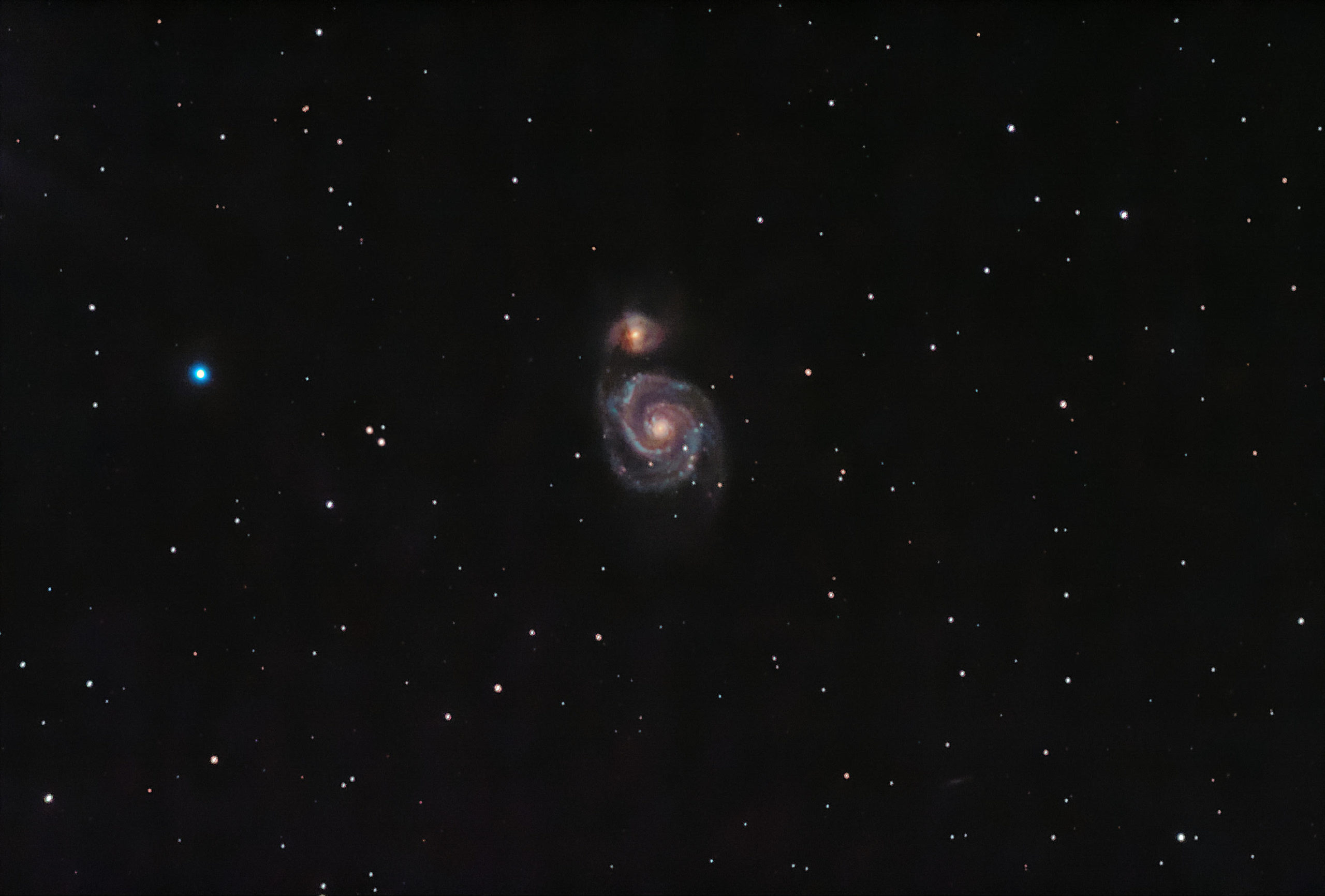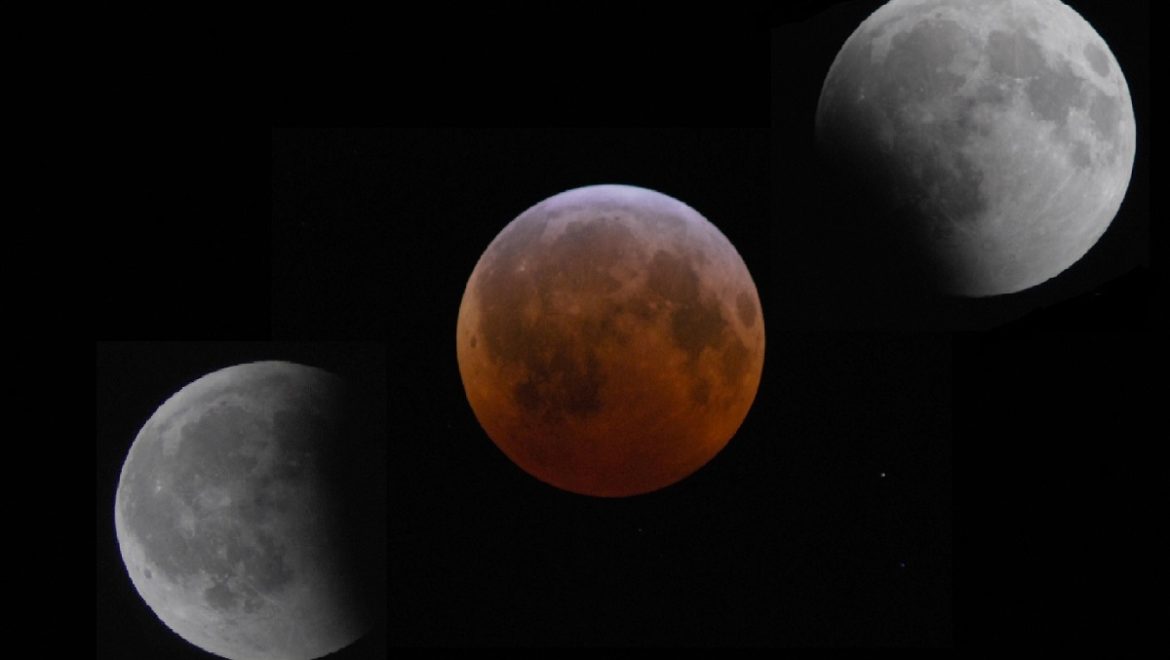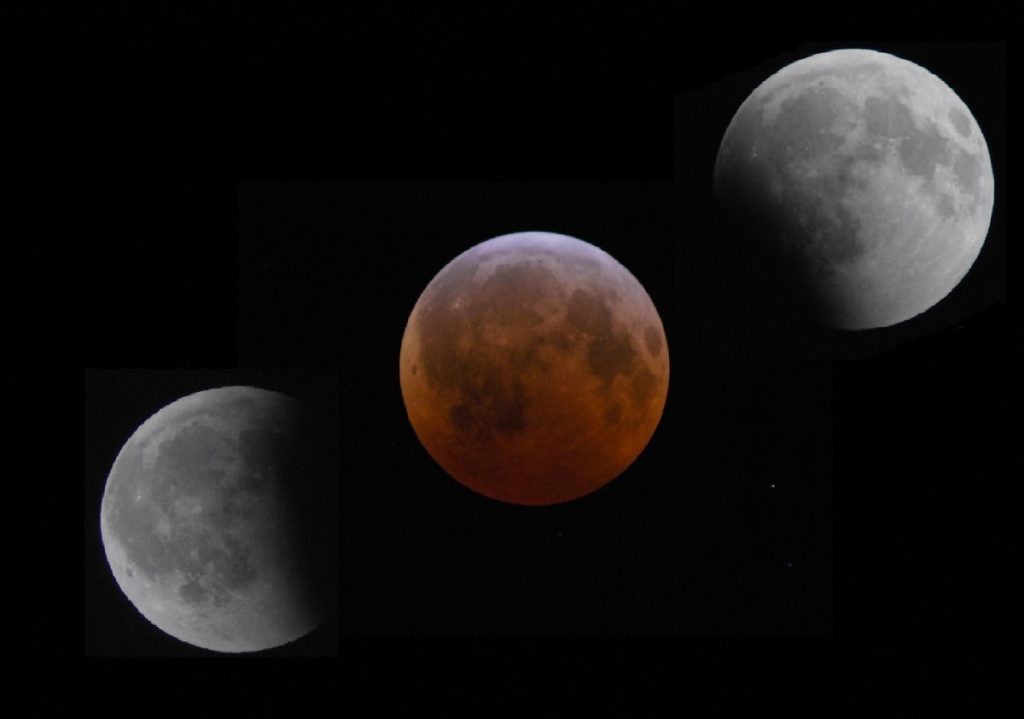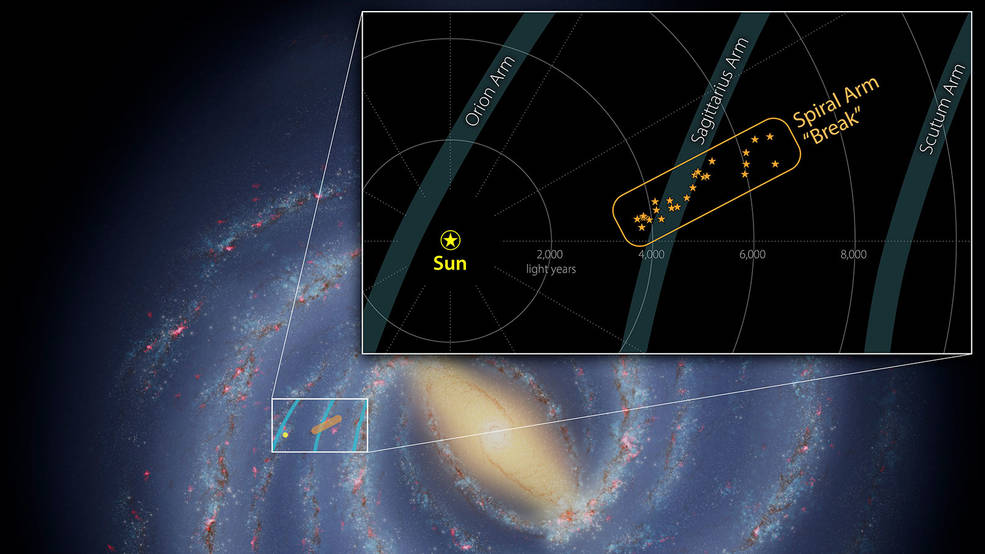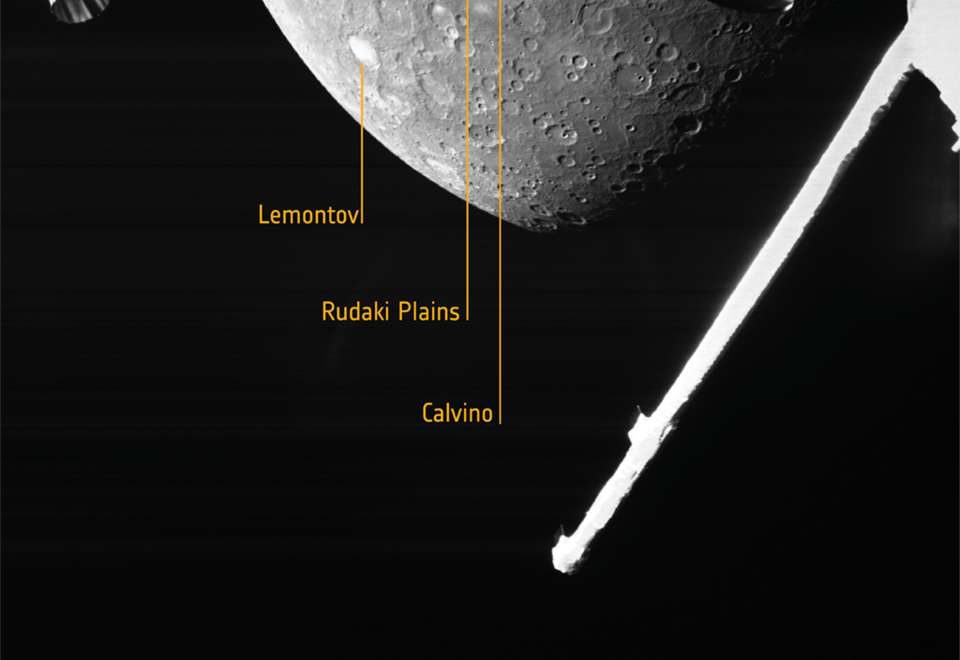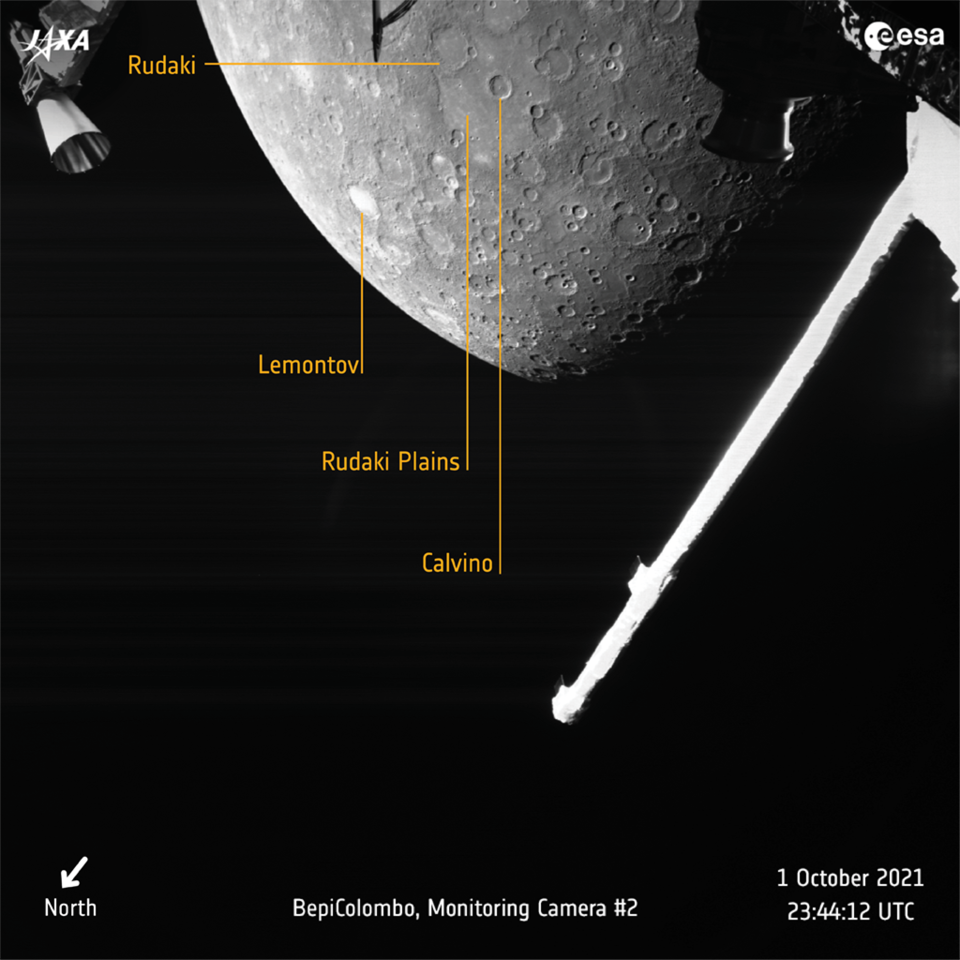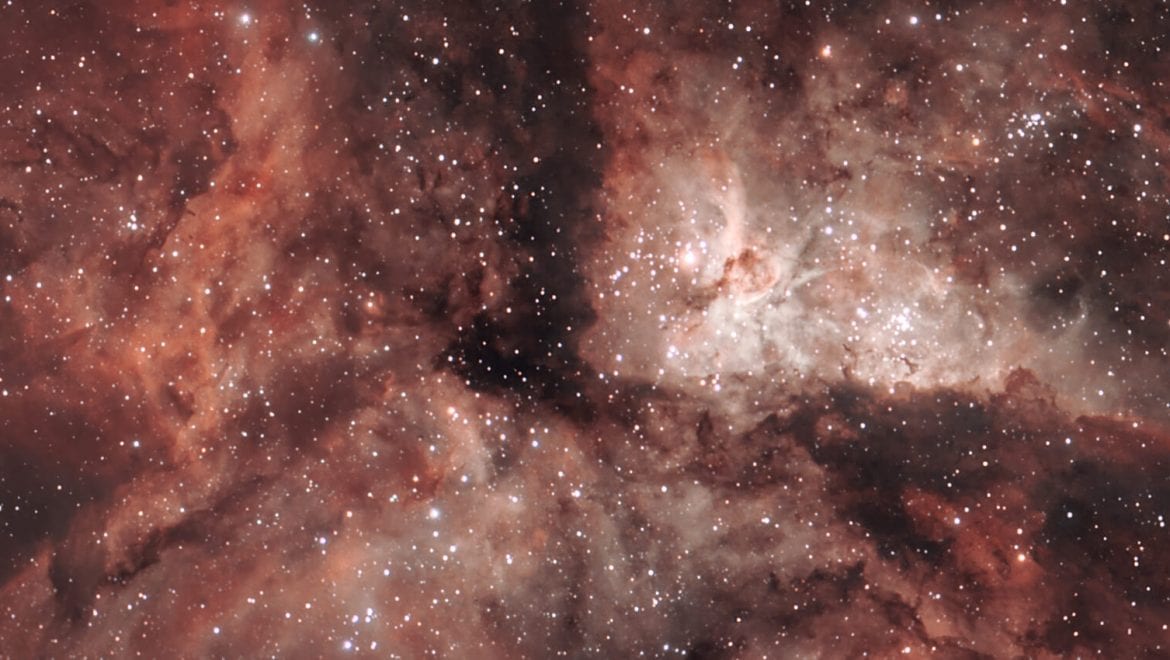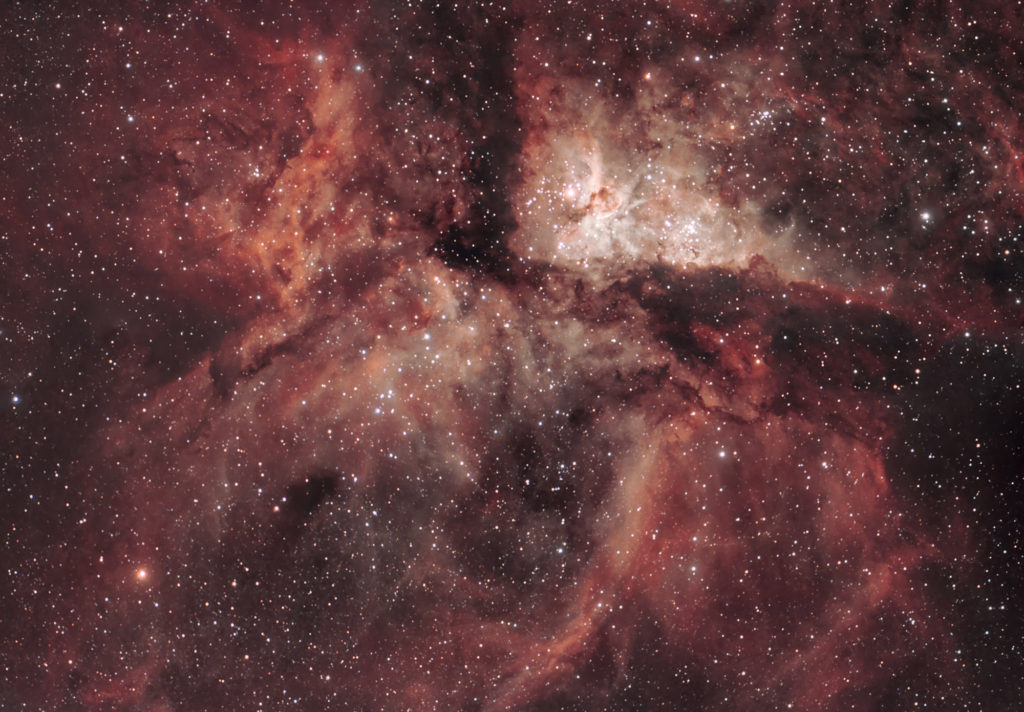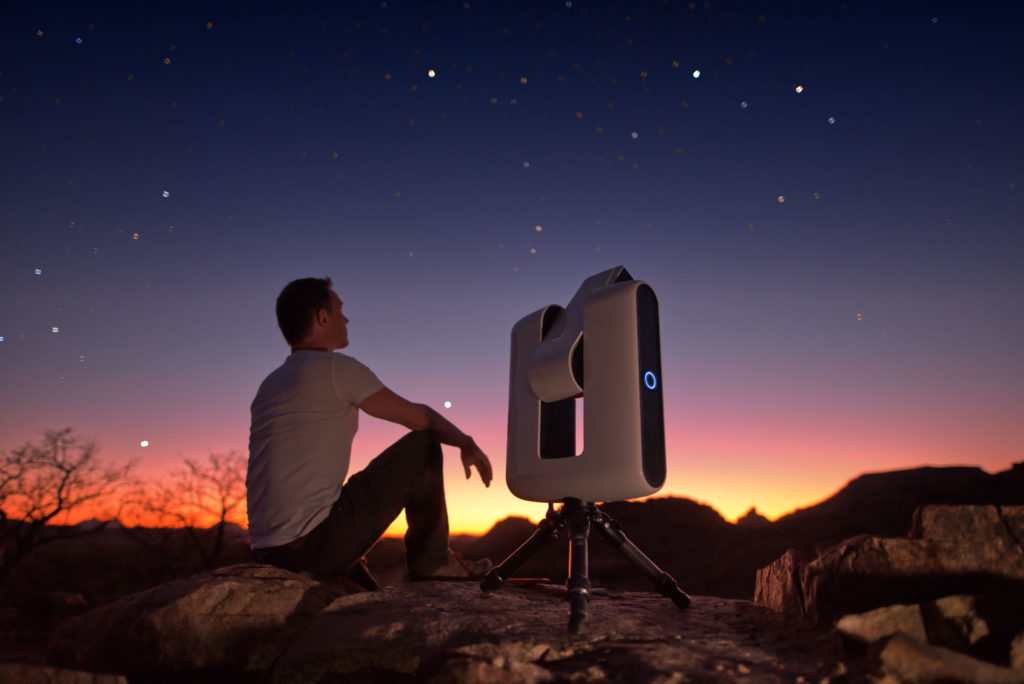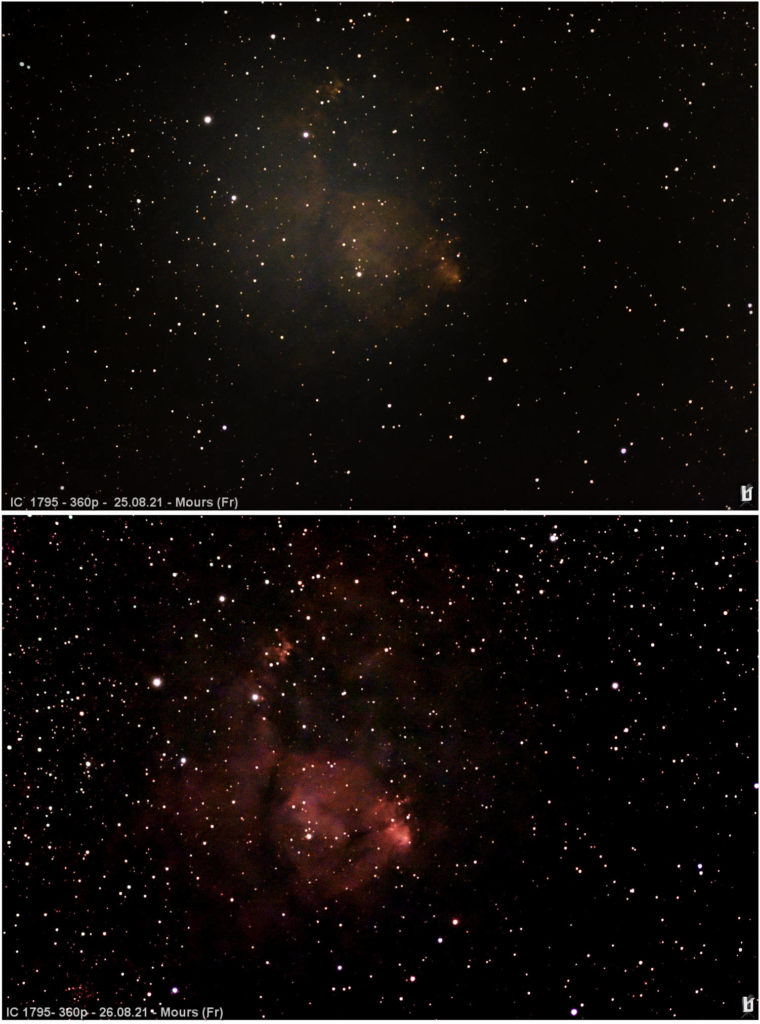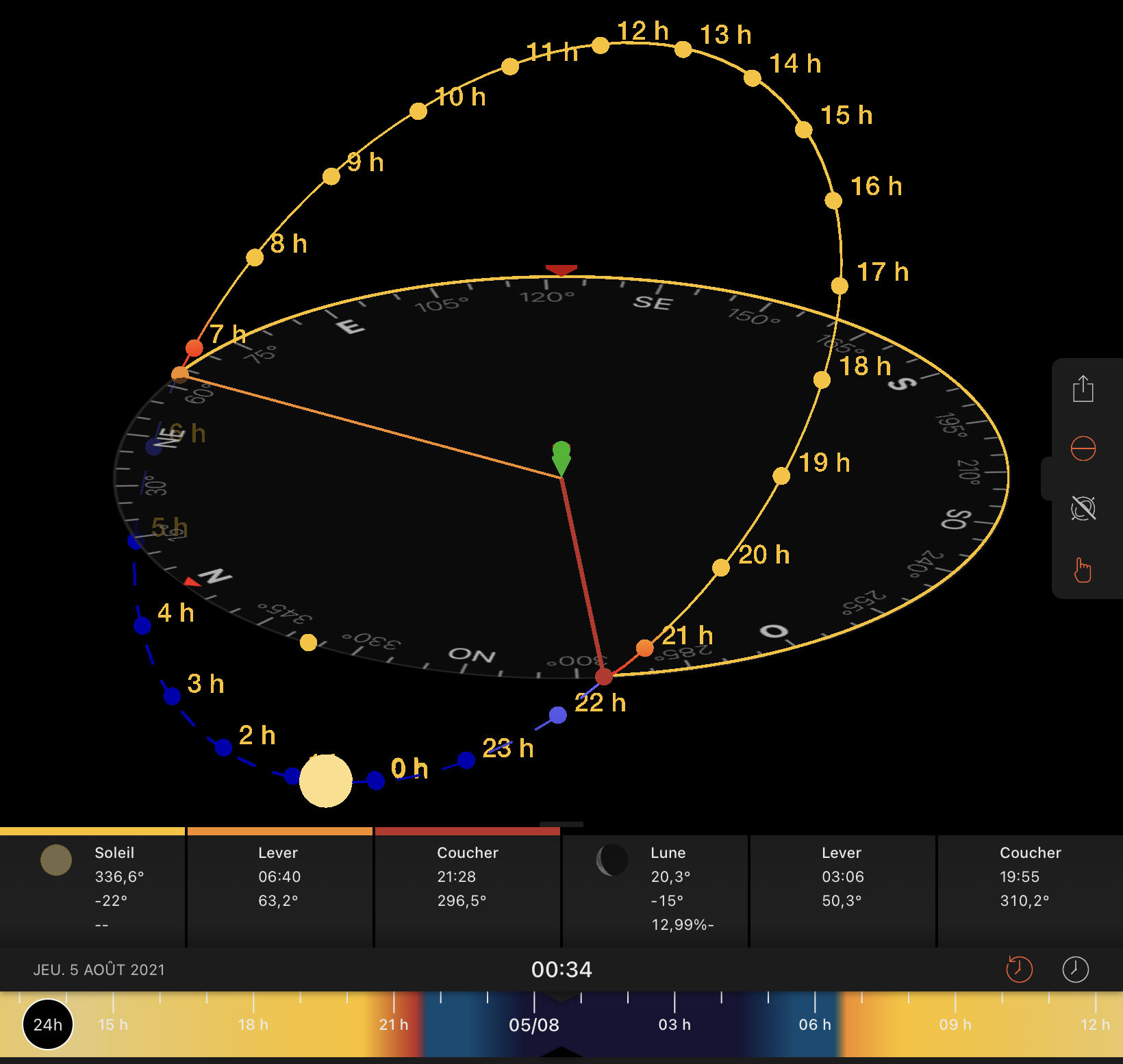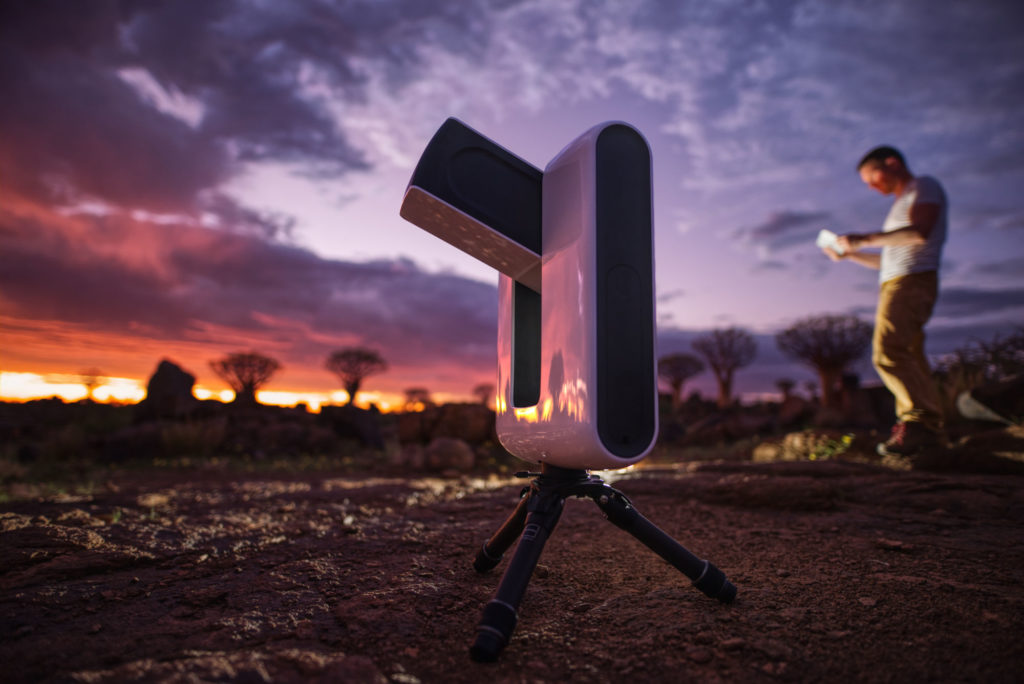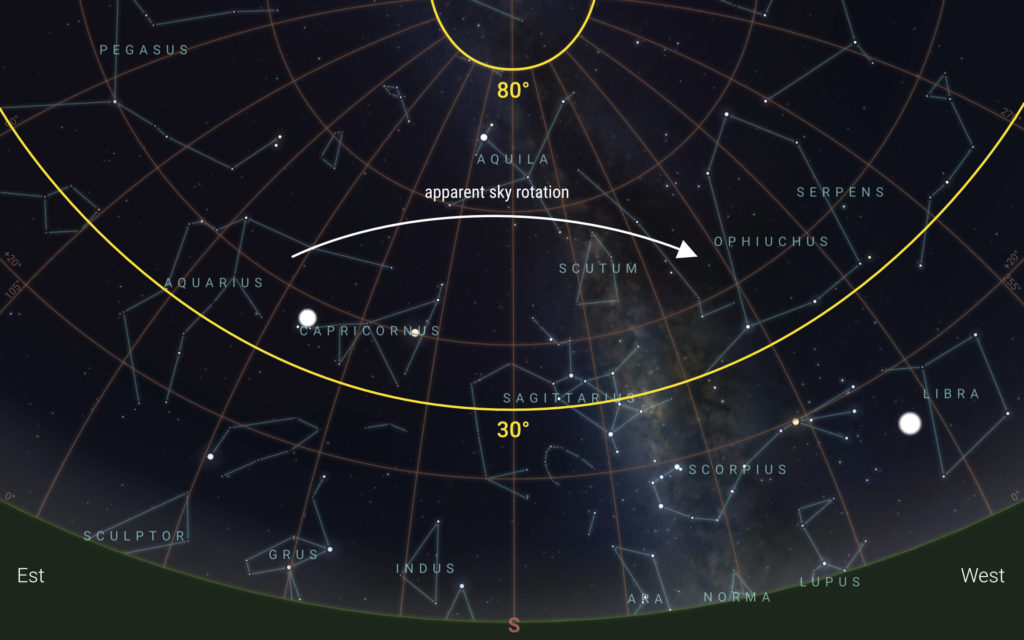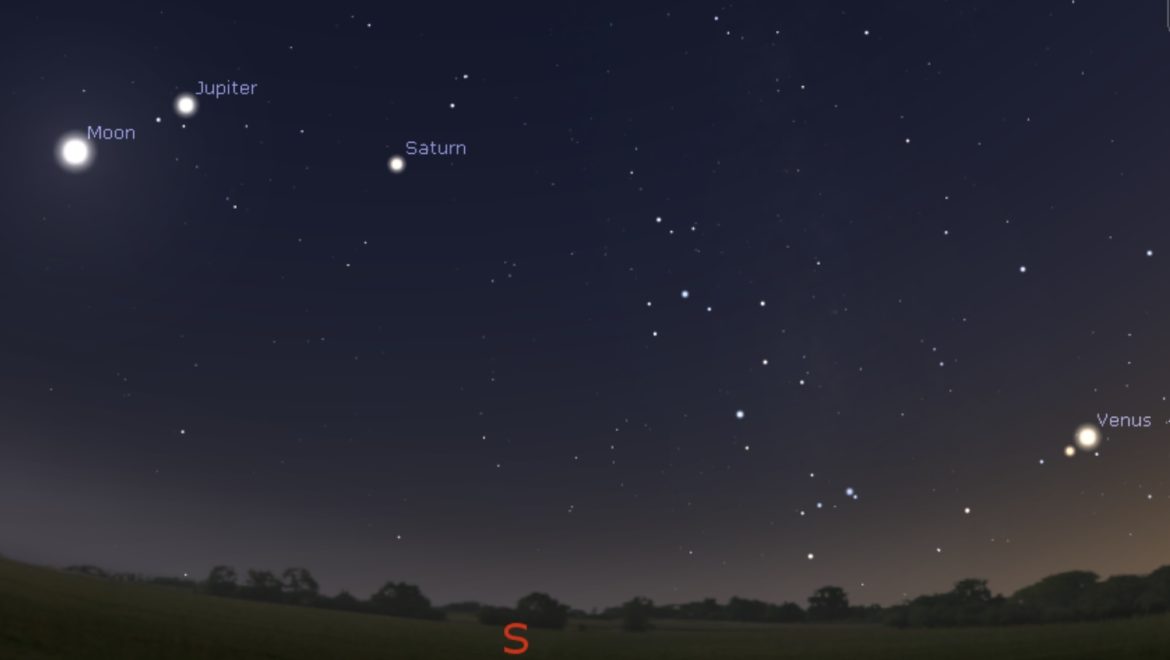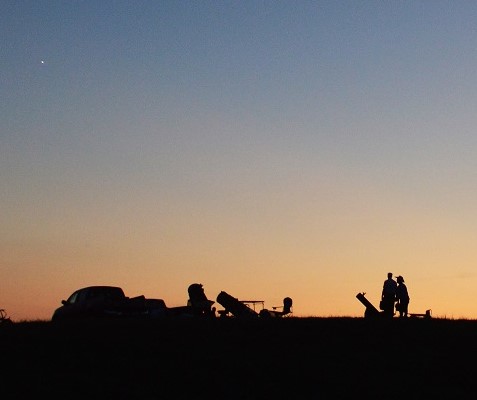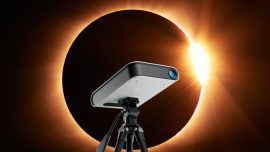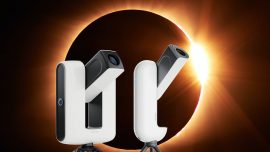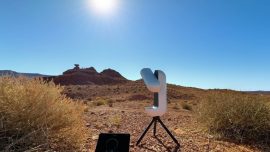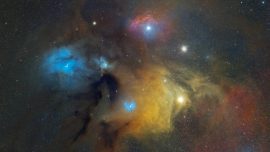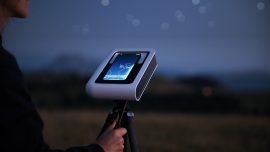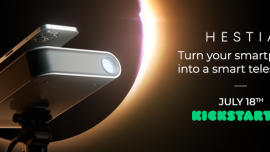One star fades. Another one ignites. With the arrival of Vespera, the application used to pilot Stellina has handed over to a new generation. This evolution brings with it new features to further improve your user experience. Singularity helps you to prepare and plan your observation evenings, stay connected to sky and space news, and discover tips and tricks to get the most out of your observation station. Advanced users will enjoy new experiences via the Expert Mode.
Installing Singularity
Singularity is not just a name change but an entirely new application. You can download it to your smartphone or tablet from the App Store or Play Store. The first time you launch Singularity you will need to create a new user account. The first time you connect to your observation station with Singularity, you will also need to update your instrument.
After this you will no longer be able to control your observation station with Stellinapp, so you can delete the old application from your devices. Browse the Singularity FAQ on our support website here.
1. The Space Center: your new gateway to the stars
The application’s home screen has been completely redesigned. There are many features in addition to the controls of your telescope.
Weather conditions
Watch how the weather should evolve over the next few hours and days, directly from Singularity. You can also consult information on sunrise and sunset times and moon phases. This offers the essential elements for finding the best time for observation, all at a glance.
Tip
Under the weather summary, tap the arrow to access more detailed information and the sunrise and sunset times.

Almanacs and astronomical news
To make sure you don’t miss any important astronomical events, Singularity presents a summary of upcoming phenomena to observe. You can also access a complete article on the sky for the current month. Singularity also offers articles on astronomy or space exploration news.
Tip
In the almanac section, tap “Add to Calendar” under an astronomical event you are interested in to share it on your smartphone or tablet calendar. This will allow you to set reminders.
Practical advice, guides and tutorials
From Singularity, you can access articles published on the Vaonis website which offer you tips on how to get the most out of your observation station, tutorials on image processing, and much more besides.
2. Introduction of a new concept: observatories
Stellina and Vespera are designed to accompany you on your favorite observation sites, from a weekend in the country away from light pollution to clear summer nights on vacation.
Singularity can save all your favorite observation sites for faster initialization of your observation station, showing you the prevailing conditions at each of them.
The first time you launch the application you must create at least one observatory. If you have registered several observation sites, to initialize your telescope simply choose the corresponding observatory and tap the “Initialize” button.
If you use multiple devices to connect to your observing station, your observatories will be shared among all your devices.
Important
Before initializing Stellina / Vespera, make sure that the correct observatory is selected. If you initialize the telescope with an observatory that does not correspond to your location, it may not work properly (a notification will be sent).
When choosing your observatory, you will also be able to use the new “Plan my night” feature according to the visible stars (see below for information on this module).
Tip
Even if you have a tablet without built-in GPS, the location of your observatory is recorded in Singularity so you can still initialize without having to enter the geographic coordinates manually.
3. Control everything that happens on your observation station at a glance
What is the temperature of my instrument? How much space is left on my USB key? What files are saved on it? Who are the other users connected to my telescope? All these questions are answered in a new screen that shows the status of your observation station. You may also use this screen to put your instrument to sleep when you have finished your observations or, for experts, access commands to capture calibration images (see below for more details).
Tip
To access the “Expert” features from this screen, please activate the Expert Mode: go to the “Profile” screen, tap the menu icon at the top right, choose “Settings” and then “Activate expert mode”.
4. An improved explorer to help you find your next target more easily
The explorer now offers a section to regroup your favorite stars, that you observe frequently. This enables you to have them immediately at your fingertips.
A new section also allows you to store manual targets that you can point to by entering their coordinates.
Use this section to capture images of the stars using custom camera settings. Your settings are saved with the object. You can easily restart a capture session with the same settings (Expert Mode must be enabled, see below).
Various interface improvements have been made to facilitate exploration of the celestial object library. You can now consult at a glance the position in the sky of the objects directly from the catalog and do a search by constellation name.
Tip
To view the position information of objects, go to the “Profile” screen, tap the menu icon at the top right, choose “Settings” and then “Display objects position”.
5. Expert Mode: control camera settings and capture calibration images
Eagerly awaited by advanced users, Singularity offers the full power of the “Expert Mode”.
To activate this mode, go to the “Profile” screen, then in the menu at the top right, choose “Settings” then “Activate expert mode”.
Capture images of the stars with custom camera settings
When the Expert Mode is activated, you can capture images of the stars by adjusting the unit exposure time and the camera gain. The exposure time can vary between 5 and 20 seconds and the gain between 0 and 27dB (default values are 10 seconds and 20 dB).
Keep in mind that the default exposure time and gain values were established after extensive testing to achieve optimal performance in most situations.
However, there are some cases where you might want to change the default settings: for very faint objects if you observe under a sky of particularly good quality, for stars with strong contrasts in brightness (for example the Orion nebula), for very bright objects such as star clusters…
You can experiment with the optimal settings for you!
Tip
To capture an object with custom camera settings, you must add it as a manual target.
Capture calibration images
When you activate the recording of raw images (FITS format) on the USB key in order to perform manual stacking for image processing, we recommended also capturing calibration images (“darks” and “flats”) which allow you to “subtract” any defects inherent in the sensor and optics from the image of the object.
Singularity now officially supports this feature: from the status screen of your observation station, by tapping the “Expert Mode” button you can launch image acquisition while the optical tube is obstructed. You can define the camera settings and the number of images you want to capture and then let Stellina / Vespera do the work.

Tip
For an effective use of the darks, they must be captured with the same camera parameters (gain and exposure time) as those used to capture the images of the star on which they will be applied, and also at the same temperature.
6. Plan my Night: schedule your observation sessions and let your station take care of the rest
This feature is currently only available on iOS. It will be available by the end of the year for Android devices.
With “Plan My Night” you can take advantage of all the nights that are suitable for observation until daybreak without having to stay up behind the screen of your smartphone.
You can prepare your observations in advance if, for example, you are receiving friends or in the framework of an association’s activities. If your goal is to accumulate many captures of certain objects for image processing, you can let your observation station work while you sleep.
From a date and an observatory, create a program with a list of objects to observe. Set the dedicated observation time for each object. Activate the program on your observation station and Stellina / Vespera will start the sequence at the scheduled time following the instructions you set.
You can always follow the progress of your observation program in Singularity and interrupt it if you want to take over.
Singularity offers different filters to find the objects to include in your observation program: height on the horizon, duration of visibility, type of object…
Tip
Once you have completed your observing program, log in to your observing station to save the images you wish to keep. When a new program is started, the images from the previous program will be deleted from the internal memory. If you have plugged a USB stick into your device, the images will be saved on it according to the settings defined in the “status” screen of the telescope.
7. To discover also…
Synchronizing saved images.
Save your photos in your Singularity gallery and now find them on both your tablet and smartphone. Photo storage in the app is now synchronized across all your devices.
Random observations (only available on iOS).
If you’re stuck for inspiration on what to target, want to be guided, or perhaps discover items you didn’t know, start a random observation from the home screen.
